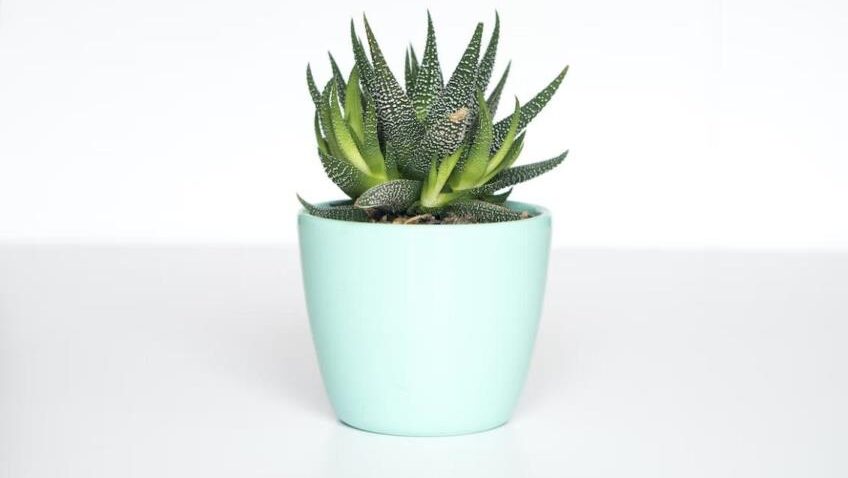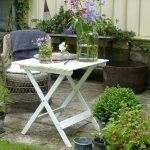If you love your plants and want to care for them properly, pair them with the right pots. Plants make a house seem livelier, and if you decide to add new ones to your collection, you can move them into new planters as soon as you bring them home. Nursery containers aren’t meant for long-term use as they don’t meet a plant’s growing needs over time. After spending a couple of months or years in a growing pot, your plants most likely outgrow it and would appreciate a new one that enables them to thrive. Your established houseplants are also suitable candidates for new planters because they might have outgrown their containers. Whether you are preparing to welcome new additions or want to improve the conditions for your established green friends, here are some recommendations on how to select new containers for them.
Do you need new pots?
Yes, you need new pots for both new and old plants. An important step in plant parenthood is repotting, and you should research to find out what it implies. Each plant needs a special pot, and you should learn what its particular needs are so you should know what features to look for.
Know what the available options are
When reading articles, you’ll see that the terms planter and pot are often used interchangeably. They refer to different items because pots are usually smaller, round and meant for a single plant. Planters, on the other hand, are usually designed for outdoor use, have an irregular size and can contain multiple flowers. In this article, we will use both terms to refer to plant containers meant for your household plants.
Do you have to repot?
Yes, it’s best to repot the new plants you bring home from the nursery and the old ones that have stayed in the same container for years. It’s a fun process to get your hands dirty when changing the soil, and more importantly, is good for the plants because it enables them to grow and thrive. Repotting a plant also implies providing a potting mix that supports its growth. The new container and mix will sustain its current size and enable it to get larger. However, when it comes to new plants repotting doesn’t mean picking a larger container but picking a same-size pot. You only change the planter with a new one that contains soil rich in nutrients. Eventually, you will get a larger pot when the plant outgrows the present one.
Size matters
Before browsing on a website like elho looking for new containers for your plants, you need to identify the size of pots you need. Here are some handy tips: increase the container’s size by one to two inches in diameter for plants in pots 10 inches in diameter. If your current pots are larger than 10 inches in diameter, look for containers two or three inches larger in diameter.
Suppose you just purchased the plant, and it comes in a 4-inch pot; transition it to a container that is 5 inches or a little bit larger in diameter. If, on the other hand, you want to switch the old container of 12-inch diameter of an established plant with a new one, size it up to a 14-inch container. Your first instinct is to go for a planter a few inches larger than recommended to accommodate the plant’s further needs but resist it. The average houseplant grows slowly, and an oversized pot can look out of proportion. Besides, a too large container can cause health issues because the excess soil will make it challenging for the soil to dry and could encourage stem or root rot.
Pay attention to the drainage
Your plants need planters with drainage holes to ensure the soil doesn’t stay wet for a long period facilitating rot. It’s crucial for the excess water to escape freely out the bottom of the pot and allow oxygen to make its way to the roots. If the planter comes with a tray or saucer, empty it of any excess water to prevent the plant’s roots from soaking in too much water.
Suppose you find a beautiful container that lacks holes; you can still purchase it to repot your plant. However, you’ll have to use it as a cachepot, a decorative container that hides the container with drainage holes that allow the plant to thrive. You can leave the container in the cachepot and water it whenever the plant requires it, or remove it from the decorative container and move it to the sink. Make sure there is no extra water in the cachepot that could make the roots rot.
Pick a style
The container’s size and its available drainage are two essential factors when shopping for new planters. Therefore, after satisfying those needs, you can look for a container that looks and feels good in the house’s overall design. Ceramic pots are the most popular choice among homeowners and work for a wide variety of plants. You’ll find ceramic pots in several sizes, colours, and styles. A couple of years ago, clay pots were the most popular option for indoor plants. However, they are more challenging to clean and require more frequent watering, so you might not find them a suitable option for you.
Fibreglass or plastic pots are also excellent choices because they are available in several styles and colours, inexpensive, and easier to clean.
Maintenance requirements
It’s crucial to keep the pots clean to prevent diseases. Before repotting a plant, make sure to clean the new container inside and out. Rinse it with a cleaning solution to kill any pest eggs, fungi, or bacteria and clean it with fresh water. Put new soil in the container and repot the plant carefully not to damage its roots.
Before purchasing new planters, ensure they’re easy to clean and maintain. The last thing you need is for a plant container to require more care than the actual plant.
Final words
Picking a container for your plant can seem tricky, but if you follow the above recommendations, you won’t fail at your task.




